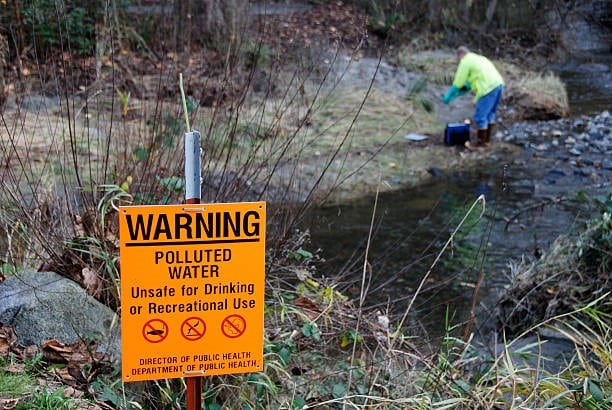Access to safe drinking water can be challenging since various substances can seep into water sources. Contaminants in small amounts are typically harmless, and minerals like calcium and magnesium may be beneficial.
However, some substances can pose health risks when in abundance. That’s why paying attention to your water’s content is crucial. So, let’s examine the most common water contaminants.
General Definition
Before discussing common types, let’s note how water contaminants are identified. According to the Safe Drinking Water Act, a contaminant is any matter or substance that isn’t a water molecule. Its main categories are:
-
Physical Contaminants
– These are solid particles like algae, sediments, and organic materials that affect the water’s physical properties and appearance.
-
Chemical Contaminants
– These are natural and manufactured chemical elements or compounds, such as nitrogen, bleach, salts, pesticides, metals, and toxins.
-
Biological Contaminants
– These are living organisms and microbes, including bacteria, viruses, and parasites.
-
Radiological Contaminants
– These are chemical elements and isotopes like cesium, plutonium, and uranium that emit radiation due to an unbalanced number of protons and neutrons.
Most Common Water Contaminants
It is essential to understand how water pollutants can impact your health when ingested or exposed to them. Here are some noteworthy examples and their known effects:
- Arsenic
A tasteless and odorless element, arsenic is found mainly in groundwater and areas with high volcanic activity and can cause acute and long-term health problems when ingested. The effects range from nausea, diarrhea, and abdominal pain to diabetes, cardiovascular diseases, and various forms of cancer.
- Chlorine and Chloramine
Due to their ability to control microbes, chlorine and chloramine (a mixture of chlorine and ammonia) are often used in water treatments. These strong oxidants can cause dry skin and hair, irritate the eyes and nose, and produce disinfectant byproducts (DBPs) and trihalomethanes (THMs), which cause cancer and other health issues.
- Lead
A heavy element that is toxic even at low doses, lead contaminates water through old, corroding plumbing systems and service lines. Acidity and temperature also factor into the amount of lead in water. Exposure to it can cause adverse health effects, like constipation, anemia, kidney diseases, and central nervous system problems.
- Mercury
A liquid metal found in natural deposits from manufacturing and mining operations, mercury is known to cause illnesses and environmental concerns. It seeps into groundwater and public drinking water in different ways and can lead to kidney damage, gastroenteritis, renal failure, fetal defects, and neurological problems like the Minamata disease.
- Nitrates/Nitrites
A chemical produced from nitrogen and oxygen or ozone, nitrates contaminate water through agricultural runoffs and transform into nitrites once ingested. Nitrites cause “blue baby syndrome,” where oxygen isn’t released to tissues effectively. It’s particularly harmful to infants and can cause death when untreated.
Secure Peace of Mind With Clean Water
Knowing what can contaminate water and taking proactive measures against contamination help ensure your household’s safety. Contact Adams Water Conditioning in Ocala, Florida for a water analysis or water treatment service.


